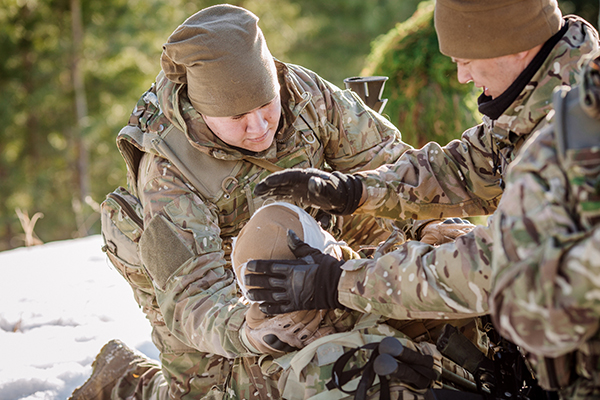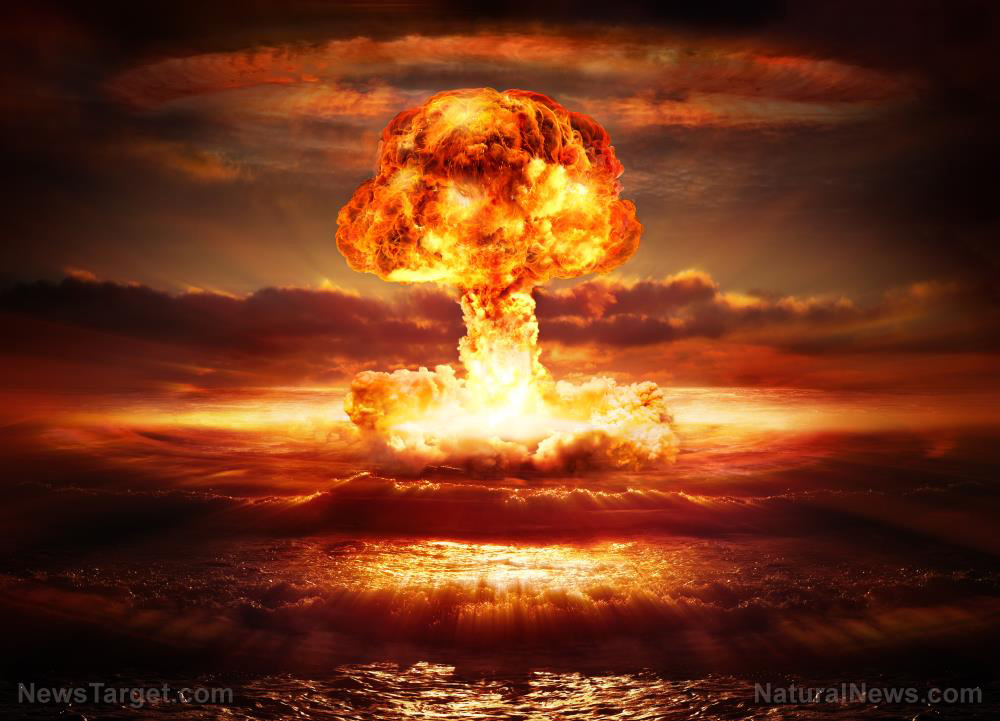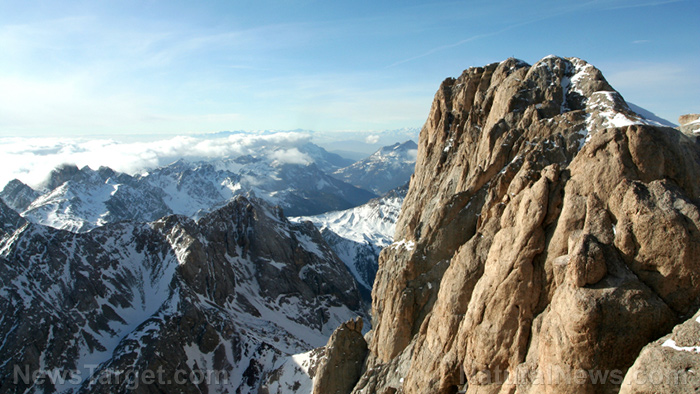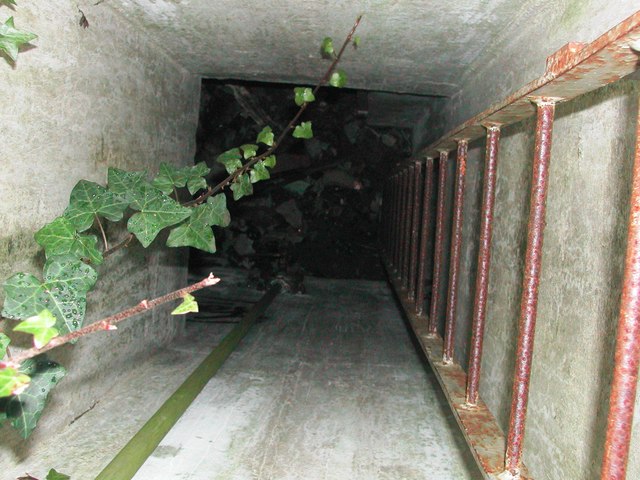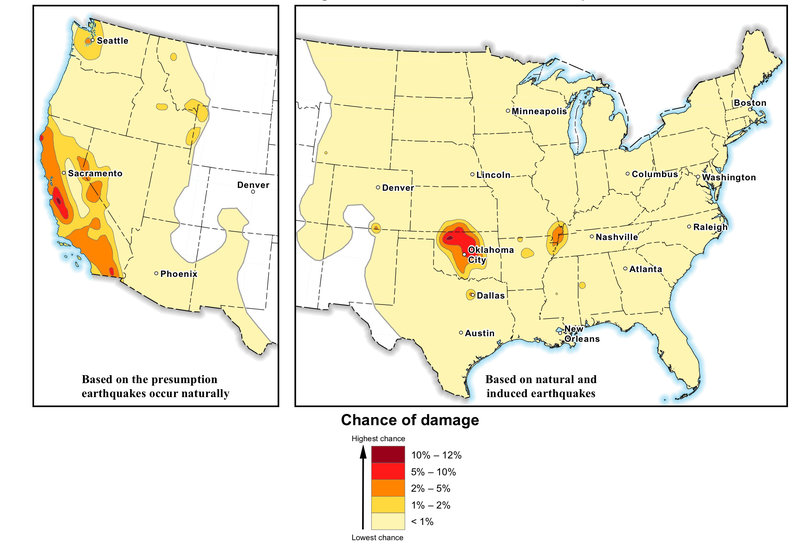Researchers identify CRUCIAL 10- to 15-second moment that can signal a magnitude 7 megaquake
12/04/2019 / By Grace Olson
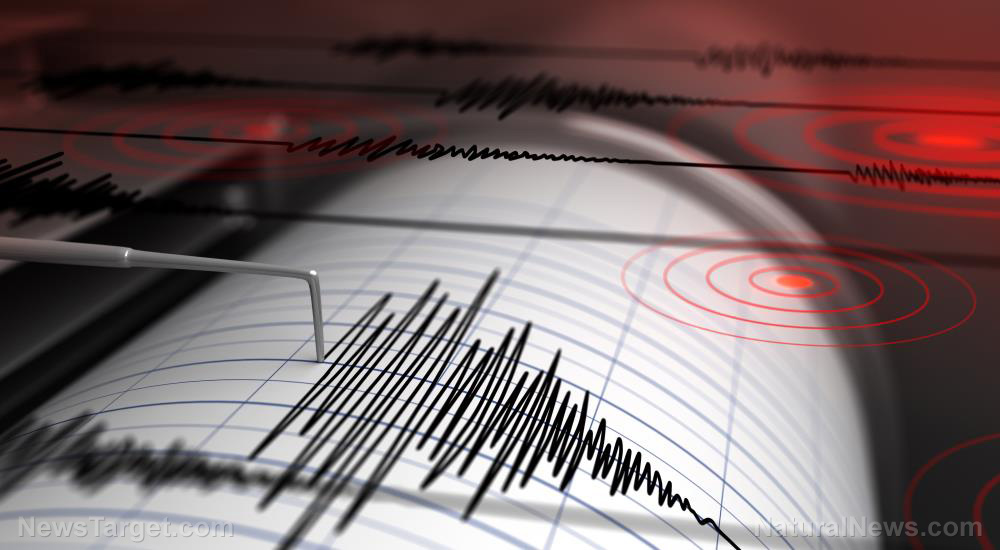
A pair of researchers may have found a way to predict how strong an earthquake will be. Diego Melgar from the University of Oregon and Gavin Hayes from the National Earthquake Information Center of the US Geological Survey (USGS) analyzed and compared information between various databases and GPS-gathered intel. Through this, they pinpointed a specific moment during the rupture process that could help predict the magnitude of an earthquake. Their study, which was published in Science Advances, offers a potential way to enhance earthquake warning systems in the US and around the world.
Do all earthquakes start the same?
One of the biggest debates in the field of seismology – the study of earthquakes – is whether all earthquakes start with the same magnitude. This refers to the amount of energy an earthquake releases. Records from historical events show that some earthquakes are stronger than others. Scientists argue whether strong earthquakes (those with magnitudes 6 and above) were already strong in the beginning or became strong in the process. These two theories are specifically referred to as determinism and universal early rupture process, respectively.
In determinism, scientists argue that there are potential factors that can be measured to predict the magnitude of an earthquake. This implies that the strength of earthquakes can be distinguished way before the seismic event happens.
On the other hand, some scientists argue that earthquakes cannot be measured beforehand; their magnitude can only be measured once the rupture has progressed to a certain degree or the damage from the quakes can be assessed afterward. In seismology, a rupture refers to how far along the slip in the fault line has progressed. It usually begins in the hypocenter deep in the fault plane, then spreads until something stops it.
The long-standing debate between the two theories continued until the researchers in the recent study found a clue that helped shed some light on this argument.
10- to 15-second clue
In this study, the researchers were working on a project concerning the Cascadia fault zone. They wanted to create a simulation of a magnitude 9 earthquake in that area to show how it would look like.
The researchers combed through various databases, searching for a clue. They analyzed the rupture properties of more than 3,000 earthquakes since the 1990s. They only checked earthquakes that were at least magnitude 6. After checking the database of the USGS, they crosschecked the data with two other databases in Europe and China. They also used the records and geodetic measurements gathered by the high-rate Global Navigation Satellite Systems (HR-GNSS).
It was then that researchers noticed a pattern in the databases. After further examination of these patterns, they pinpointed a potentially defining moment in the early rupture process. It showed an acceleration of displacement in the rupture. Its duration only lasted for 10 to 15 seconds, but this small gap in time had significant implications. It could signal that a large earthquake, with a magnitude of seven or greater, could be approaching.
“Regardless of how earthquakes start, events of different sizes must be distinguishable at some point,” the researchers wrote in their study. Their findings revealed that it might be possible to assess an earthquake’s scale long before the rupture process was complete.
Their findings may be a great leap in improving earthquake early warning systems. These systems utilize GPS (Global Positioning System) monitors placed near fault lines where earthquakes are likely to start. As an earthquake begins, there is usually a delay before the information reaches the corresponding institutions. If these monitors take into account the 10- to 15-second shift, it can improve the accuracy of these systems. Researchers were also considering the potential of using this information in monitoring faults on the ocean floor.
Learn about other scientific discoveries in seismology at Research.news.
Sources include:
Tagged Under: Earthquakes, environment, geology, hypocenter, natural disaster, research, rupture process, science, Scientific Achievements, seismology
RECENT NEWS & ARTICLES
COPYRIGHT © 2017 DISASTER NEWS





